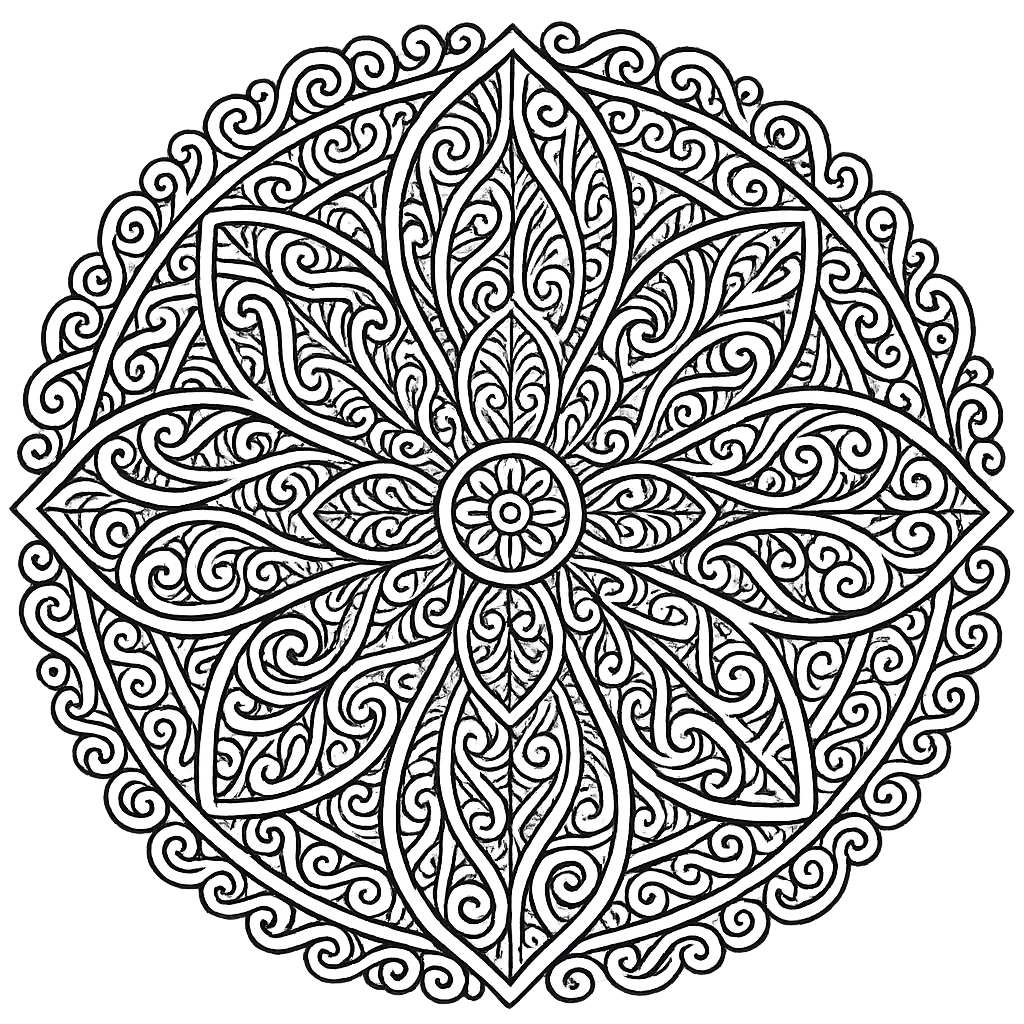A CENTURY OF DEFYING CONVENTION: MAZDA 1920-2020
Mazda coupés: visionary design and driving joy
1964 Cosmos
A history of sporty, elegantly shaped cars true to the brand’s unique style
Setting benchmarks for innovative coupé design since its first car, the R360
The coupé has been the preferred format for attractive and visionary car design over the decades. The makers of such vehicles tend to focus more on style as well as performance-enhancing structures like rigidity, aerodynamics, and weight reduction – all central elements of Mazda’s product philosophy.
Mazda has been setting coupé benchmarks since the beginning. Its very first passenger car was a coupé. Practical and affordable, the two-door, 2.96m- long Mazda R360 was also stylish and, as the lightest vehicle in its class, fun to drive.
The winning combination made it an immediate bestseller, capturing 65% of Japan’s burgeoning microcar (“kei” car) segment and 15% of the domestic market in 1960, the year of its launch.
Managing Director Mazda New Zealand David Hodge believes the company’s innovative and visionary approach to design has been key to its ongoing success.
“We recently had the privilege of having the company’s first performance car a 1967 Mazda Cosmo10S on display at our head office in Auckland. It is still a stunning looking vehicle and attracted a lot of interest from staff and visitors alike.”
First unveiled at the 1964 Tokyo Motor Show, the 1967 Mazda Cosmo Sport 110S was the world’s first production model with a twin-rotor engine – and only the second commercially available model powered by a Wankel rotary.
With space-age looks matched by the powertrain’s turbine-like sound, it was the beginning of an illustrious age of unconventional rotary sports coupés at Mazda. The Cosmo Sport also launched the brand’s stellar racing career.
Mazda’s big international sales breakthrough would come with the Familia/R100 and Capella/616/RX-2 series – the respective forerunners to the Mazda3 and Mazda6 – along with the Grand Familia/818/RX-3.
Mazda took its rotary global with these models starting in 1968, and their Italo-design inspired looks electrified buyers, quickly driving overseas unit sales into six-figures.
Even more stunning was the Mazda Luce R130 coupé introduced in 1969. Designed at Bertone by Giorgetto Giugiaro (who had also styled the first Familia), it was Mazda’s only front wheel-driven rotary model and is now a sought-after collector’s item.
Slotted above the RX-2 and RX-3, the Luce R130 would make way in 1972 for the Mazda RX-4. Marketed as luxurious and sporty, the hardtop coupé version was available with an “AP” (anti-pollution) rotary that improved emissions and fuel economy. The engine would also see service on the RX-3 and Mazda Cosmo/RX-5 launched in 1975 in coupé and fastback format. Performance of the 110-135PS rotary RX coupés, with kerb weights in the 900-1,100kg range, was very respectable for the time.
The Hiroshima carmaker took this recipe for driving up a level in 1978 with the Mazda RX-7, whose unique wedge-shaped design featured a wraparound glass rear window. Under the bonnet of Mazda’s first truly mass-market sports car was a completely redesigned rotary engine. Propelling a lightweight structure with near-perfect weight distribution, it was exceptional to drive. Legendary off and on the racetrack, the RX-7 developed over three model generations into a high-performance twin-turbocharged super-coupé on par with the best the competition had to offer. With some 811,000 produced, the RX-7 remains the most popular rotary powered car in history.
Mazda was always seeking new ways of making its coupés look and feel special. The Mazda 929 coupé (1982-86), with its lowerable opera windows in the B- pillar, is yet another example. The stylish Mazda MX-6 (1987-97), meanwhile, had optional four-wheel steering and the compact Mazda MX-3 (1992-98) was available with the 1.8-litre K8 engine, the world’s smallest mass-production V6.
Crossover designs are widely considered a 21st century phenomena however Mazda dabbled in crossover designs in the 1990s. The Mazda 323 Astina (1989-98) made a family friendly five-seater out of a wedge-shaped sports coupé with pop-up headlights, while the Mazda Xedos 6 (1992-99) walked the line between luxury coupé and mid-sized sedan.
The Mazda RX-8 (2003-12), a two-row “quad coupé” with freestyle doors yet, again demonstrated Today Mazda continues to push design convention with models like the Mazda MX-5 RF (“Retractable Fastback”). As with the previous generation MX-5 Roadster Coupé, the RF’s one-of-a-kind power hardtop gives the world’s most popular roadster the comfort of an enclosed cabin.
The company recently launched the Mazda CX-30, which combines coupé styling with SUV practicality. In Mazda’s prize-winning tradition, the CX-30 has already captured a Red Dot design award.
Ends
















Lisa was born in Auckland at the start of the 1970s, living in a small campsite community on the North Shore called Browns Bay. She spent a significant part of her life with her grandparents, often hanging out at the beaches. Lisa has many happy memories from those days at Browns Bay beach, where fish were plentiful on the point and the ocean was rich in seaweed. She played in the water for hours, going home totally “sun-kissed.” “An adorable time to grow up,” Lisa tells me.
Lisa enjoyed many sports; she was a keen tennis player and netballer, playing in the top teams for her age right up until the family moved to Wellington. Lisa was fifteen years old, which unfortunately marked the end of her sporting career. Local teams were well established in Wellington, and her attention was drawn elsewhere.